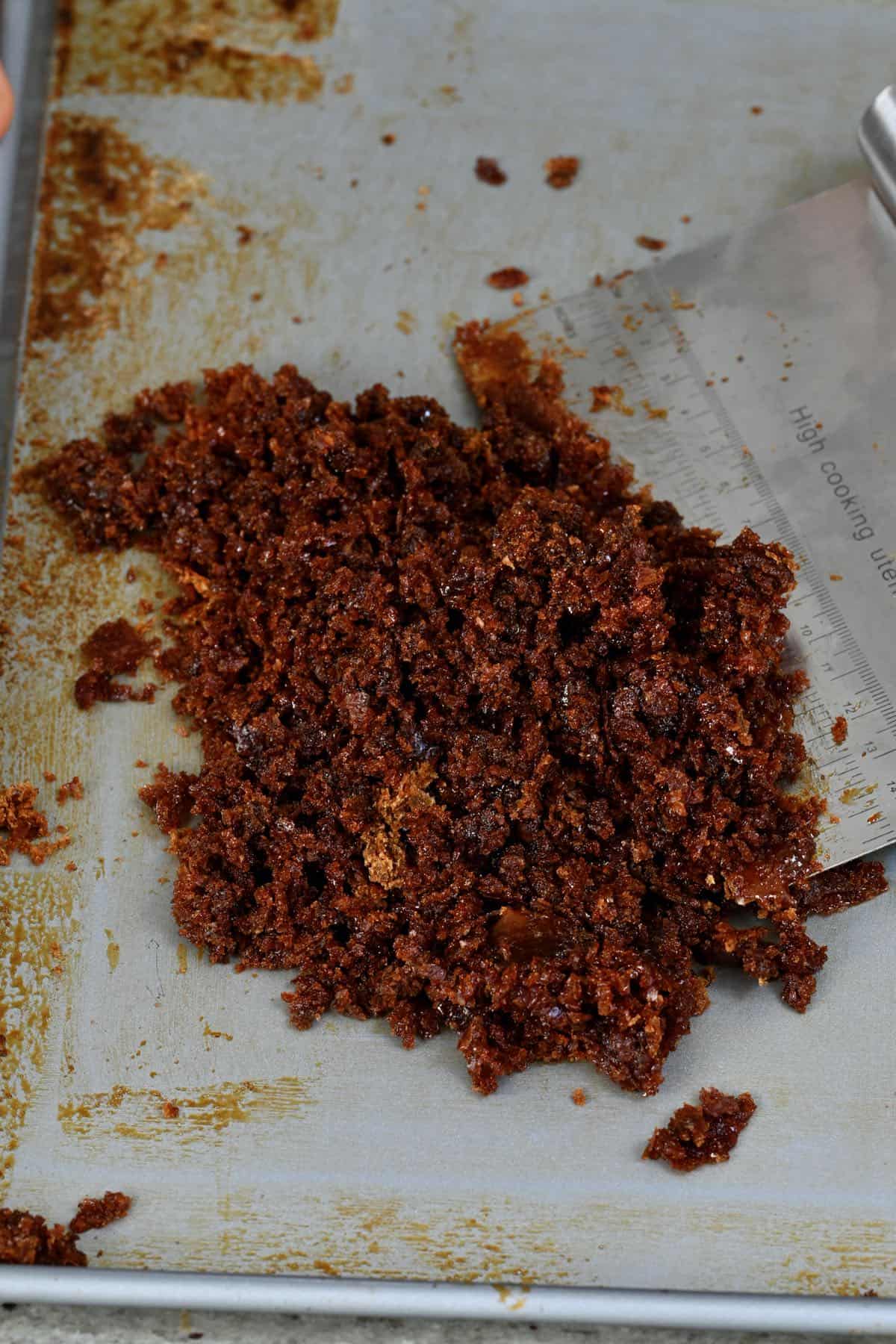Maximizar Rendimientos Y Minimizar Costos: Estrategias Avanzadas Para La Optimización Química Del Procesamiento De Azúcar De Caña
In the realm of cane sugar processing, the pursuit of making best use of yields while simultaneously decreasing prices stands as an awesome obstacle that calls for a calculated mix of sophisticated chemical optimization methods. Among this complex web of strategies exists the assurance of opening untapped capacity and transforming the very essence of sugar production.
Chemical Analysis for Efficiency
Chemical evaluation plays a crucial function in enhancing the efficiency of sugar walking cane handling by offering crucial understandings right into the structure and residential or commercial properties of the raw materials. By performing in-depth chemical analyses on sugar walking cane examples, processors can establish the precise focus of sucrose, sugar, fructose, and other parts present in the raw product. This info is vital for maximizing the various phases of the sugar walking cane handling chain, from milling to formation.
Moreover, chemical analysis allows processors to determine impurities such as natural acids, healthy proteins, and minerals that can influence the quality and return of the final sugar item. By evaluating these pollutants, cpus can execute targeted approaches to eliminate or minimize their impacts, eventually enhancing the general effectiveness of the handling plant.
Additionally, chemical analysis assists in the tracking of procedure parameters such as pH, temperature, and viscosity, enabling processors to make real-time changes to make certain ideal conditions for sugar extraction and crystallization. Generally, a thorough understanding of the chemical composition of sugar cane is necessary for making the most of returns, decreasing expenses, and maintaining high item top quality in the sugar production sector.

Enzyme Usage for Raised Yields
With a calculated approach to enzyme use, sugar walking cane processors can substantially enhance their returns while maintaining operational effectiveness in the manufacturing process. Enzymes play a vital duty in sugar cane processing by damaging down intricate carbohydrates into easier sugars, hence increasing the general sugar removal performance. By including specific enzymes tailored to target the various elements of sugar walking cane, such as cellulose and hemicellulose, cpus can boost the release of sugars during extraction.
Enzyme use uses the benefit of making the most of sugar yields from the raw material while decreasing the power and sources needed for handling. This causes an extra lasting and cost-efficient manufacturing procedure. Additionally, enzymes can help in minimizing processing time and improving the general high quality of the sugar product. With careful selection and application of enzymes, sugar cane processors can enhance their operations to achieve higher returns and productivity.
Ph Control for Optimum Handling
Enzyme use for enhanced yields in sugar walking cane handling lays the foundation for addressing the crucial aspect of pH control for optimum processing performance. Preserving the suitable pH level throughout numerous stages of sugar cane handling is important for making the most of yields and decreasing costs. pH control is specifically critical during the removal and clarification procedures. In the removal stage, maintaining the site here correct pH aids in achieving reliable sucrose extraction from the walking cane. Managing the pH throughout information help in the precipitation of contaminations and non-sucrose elements, bring about a purer final item. Furthermore, pH affects the activity of enzymes associated with the failure of macromolecules, affecting the overall effectiveness of the procedure. By meticulously monitoring and changing the pH degrees at various processing steps, sugar walking cane processors can improve sugar healing prices, lower chemical usage, and maximize the total production procedure. Efficient pH control not only enhances the high quality of the final product but likewise adds to sustainable and affordable sugar walking cane handling procedures.
Advanced Purification Strategies
Carrying out advanced filtering methods in sugar walking cane processing enhances the effectiveness and pureness of the last item via fine-tuned splitting up methods. By including cutting-edge filtration technologies, such as membrane filtering and turned on carbon filtering, sugar cane processing plants can attain higher levels of sugar recovery and improved high quality control.

Turned on carbon filtration is another advanced strategy that aids in the elimination of colorants, off-flavors, and residual impurities from sugar walking cane products. By utilizing turned on carbon's adsorption buildings, this purification approach enhances the quality and taste of the sugar, fulfilling the high criteria required by customers and sector policies.
Energy-Efficient Distillation Approaches
Energy-efficient distillation techniques are important for maximizing imp source the sugar walking stick handling industry's energy intake while maintaining high-grade product criteria. Traditional distillation procedures can be energy-intensive, leading to greater manufacturing costs and environmental influences (Cane Sugar Processing Chemicals). Implementing energy-efficient distillation techniques, such as vacuum cleaner distillation or molecular distillation, can substantially reduce energy demands while boosting overall process effectiveness
Vacuum cleaner purification involves lowering the pressure within the distillation system, which reduces the boiling point of the fluid combination being processed. view it This reduction in boiling point reduces the energy required for evaporation, causing power savings compared to traditional distillation methods.
On the other hand, molecular distillation uses short path distillation methods under high vacuum conditions to separate compounds based on their molecular weight. This method is particularly effective for heat-sensitive substances, as it operates at lower temperature levels, decreasing energy consumption and preserving product quality.
Conclusion
